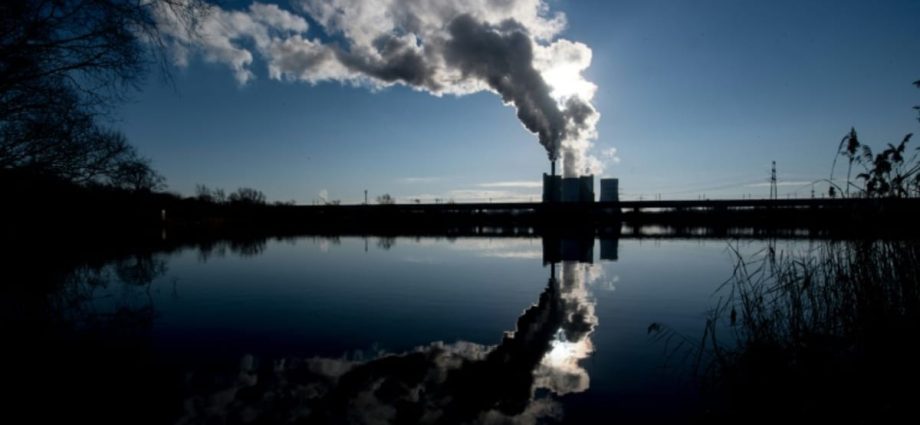
THE ONE, TWO, THREE OF CARBON ACCOUNTING
Scope One emissions refer to direct emissions produced by the company. It accounts for emissions that are released into the atmosphere as a direct result of the companies’ activities, much like cooking dinner in your kitchen, where you’re fully aware of the amount of gas you’re using and the smoke you’re producing.
Scope Two emissions are indirect emissions from purchased electricity consumed by the end-user. Take, for example, the electricity that powers the fans and lights in your kitchen.
Scope Three emissions are also indirect, but they comprise emissions that occur throughout the company’s value chain, including upstream, like transport and distribution, and downstream emissions, like end-of-life waste disposal.
This is akin to emissions from the supermarket where you shop for ingredients to cook. While the supermarket doesn’t belong to you, you’re partially responsible for the emissions from the delivery trucks that bring your ingredients to the store.
Ideally, companies should report emissions across all three scopes, which would ensure a clear picture of companies’ carbon footprint and allow regulators to hold them accountable.
OMITTING SCOPE THREE REPORTING
In reality, companies report Scope One and Two emissions, falling short of Scope Three. Scope Three emissions are difficult to track and trace, especially for companies with complex webs of global supply chains. Some companies, particularly those in polluting industries, also intentionally avoid reporting Scope Three emissions to evade scrutiny.
Missing one out of three reporting scopes may not seem like a big deal – but it is. Carbon Disclosure Project, a non-profit that provides a system for investors, companies and governments to disclose their environmental impact, estimates that Scope Three emissions account for about 70 per cent of a company’s total emissions. This figure rises to nearly 90 per cent for oil and gas companies.
In this context, leaving out Scope Three emissions reporting is akin to solving a jigsaw puzzle without the largest piece – the picture is never complete.

